Category: Plants & Animals
-
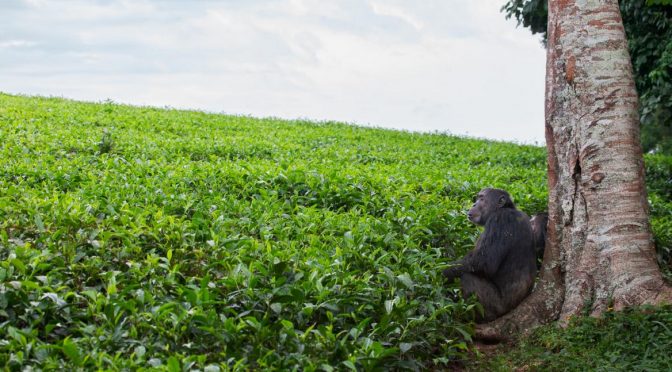
With African Forests Disappearing, Chimpanzees Become A Human Problem
Attacks by chimps on human infants have continued, totaling at least three fatalities and half a dozen injuries or narrow escapes in greater Muhororo since 2014. The main driver of the conflicts, it seems, is habitat loss for chimps throughout areas of western Uganda, forested lands outside of national parks and reserves, which have been…
-
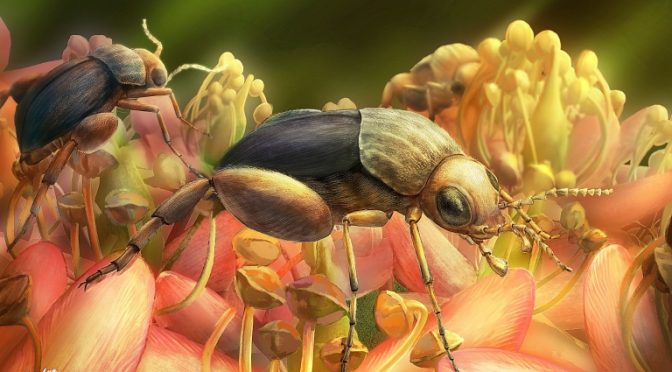
The First Pollinators Evolved At Least 50million Years Earlier Than Anyone Thought
The fossil, which contains both the beetle and pollen grains, pushes back the earliest documented instance of insect pollination to a time when pterodactyls still roamed the skies — or about 50 million years earlier than previously thought. (Click on title for full story.)
-
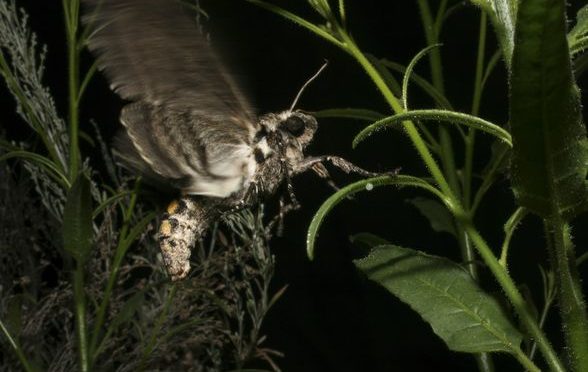
First Come, First Served: Tobacco Hornworms Avoid Plants Where Other Hornworms Have Been Present
We knew already that moths select their oviposition sites carefully. So far we and others basically focused on the idea that the moths detect changes in the odor profiles of plants that have already been attacked by caterpillars and therefore lay their eggs somewhere else. We were interested in whether moths also consider information that…
-
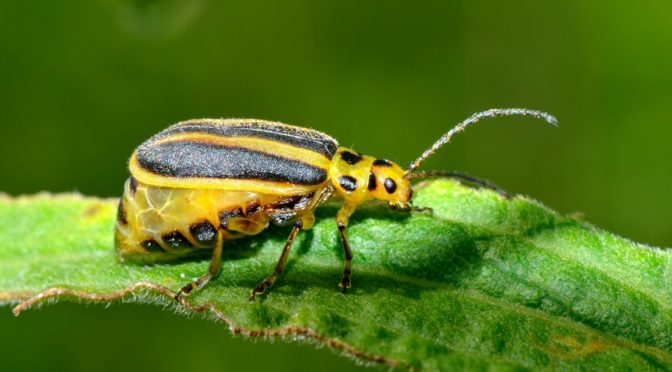
When Pests Attack, Plants Warn All Nearby Plants Not Only Close Relatives
Based on their genotypes, different plants have different smells. But when plants come under attack from pests like the goldenrod leaf beetle, their smells – carried by VOCs – become more similar. “So they kind of converge on the same language, or the same warning signs, to share the information freely,. The exchange of information…
-
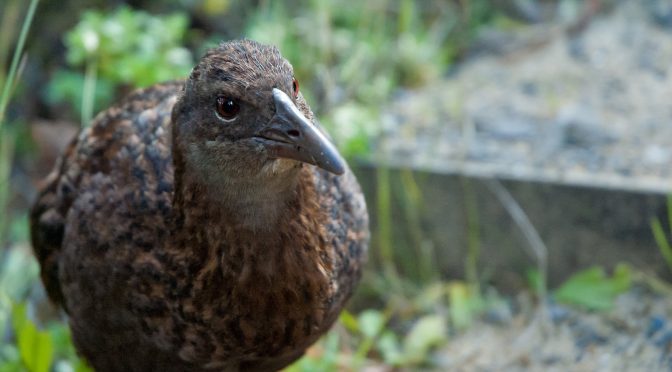
Seed Dispersing Bird Corrupted By Bad Human Associates
In the woods, weka roam around searching for food. But the ones that spend time in campsites and picnic areas tend to lurk, waiting for humans and the snacks they bring, Dr. Carpenter said. Last year, she began to wonder: Are the weka that hang out with people slacking off when it comes to seed…
-
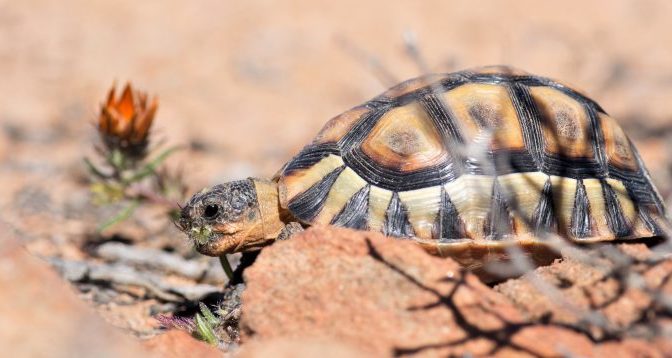
Flowers That Advertise To Pollinators While Camouflaging Themselves From Herbivores
These flowers can potentially circumvent the conflict of attracting both pollinators and herbivores by producing attractive colours on the surfaces that are exposed to pollinators (when flowers are open) and cryptic colours that are exposed when herbivores are active (when flowers are closed). (Click on title for full story.)
-
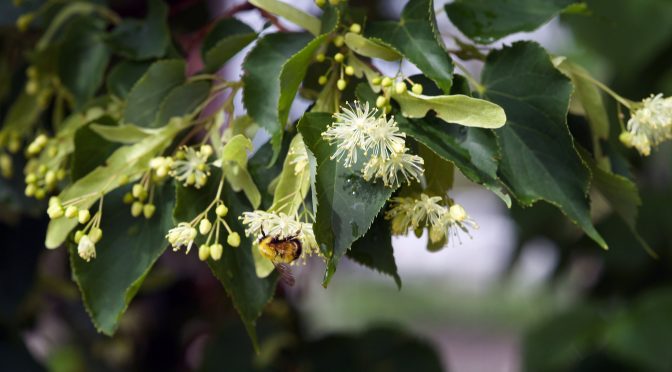
Linden Trees Don’t Kill Bees. Bees Kill Bees (As It Turns Out)
As the floral blooming season progresses, the linden tree runs out of nectar. Why, then, would the bees keep returning if they are able to detect nectar levels? (Click on title for full story.)
-
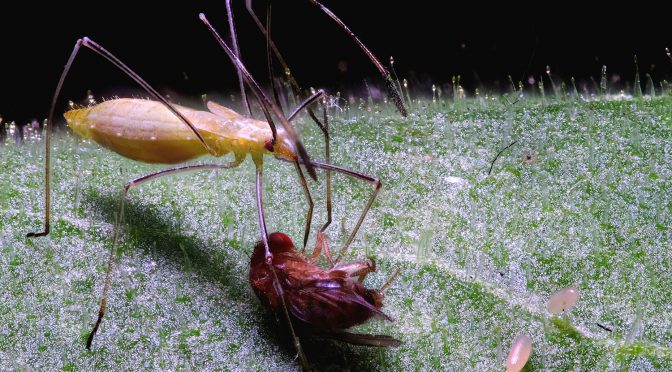
Making It Almost Too Easy: Tobacco Keeps Defenders On Duty By Trapping Prey For Them
Tobacco plants provide a trapped-insect buffet that spined stilt bugs are more than happy to feast upon, which helps protect the plant from pest infestation and damage. Better still, the spined stilt bug – which uses its long legs as leverage to navigate across the sticky parts of tobacco leaves to reach its bug banquet…
-
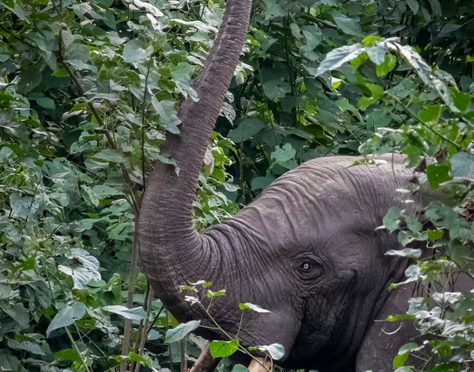
Forest Elephants, Trees, Climate Change And Extinction: We Are Failing Our Friends
Across central Africa, the “elephant-effect” enhances aboveground carbon stocks by 3 billion tonnes. Indirectly, elephants contribute to reduce atmospheric CO2, and help us combat global warming. However, the collapse of forest elephant populations, mainly caused by ivory poaching, is depriving us of a formidable ecosystem engineer, which is also important for distributing nutrients and planting…
-
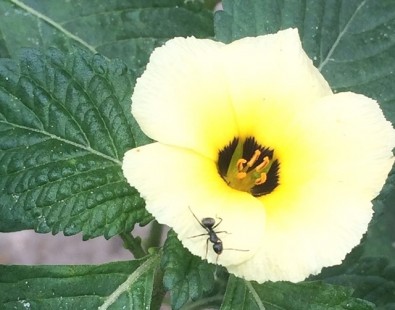
Plants “Pay” Defender Ants With Carbs And The Prey They Attract
In contrast with the previous belief, we discovered that carbohydrate is only one of the forms of payment offered by plants to the ants that protect them. Another is protein, which ants obtain by consuming the herbivorous arthropods available on or around the plants they visit,This finding contradicts the idea that payment is in sugar…
